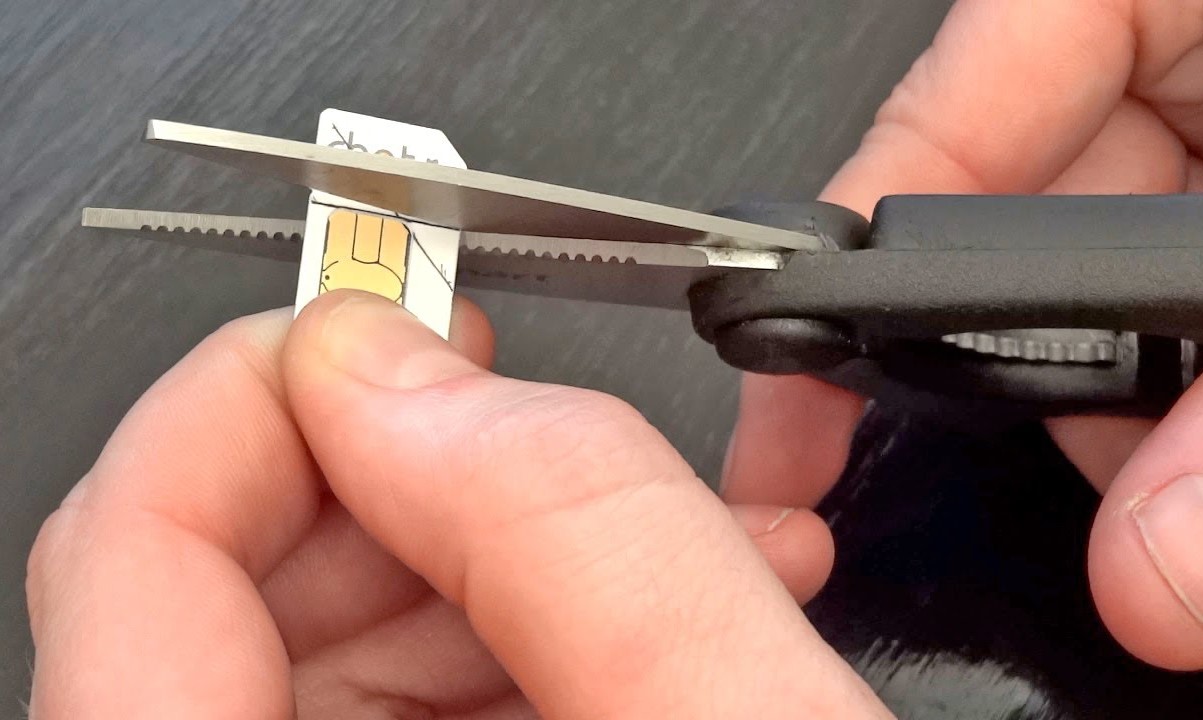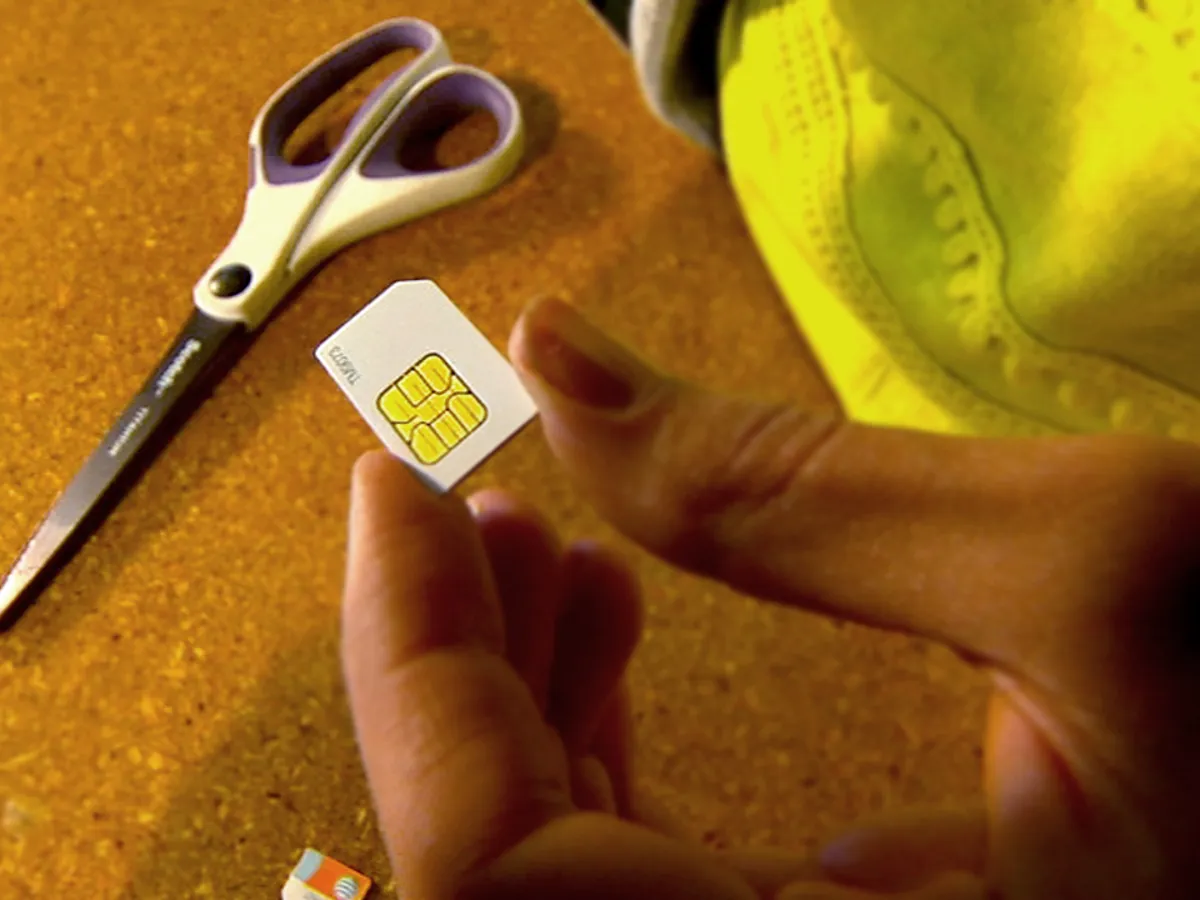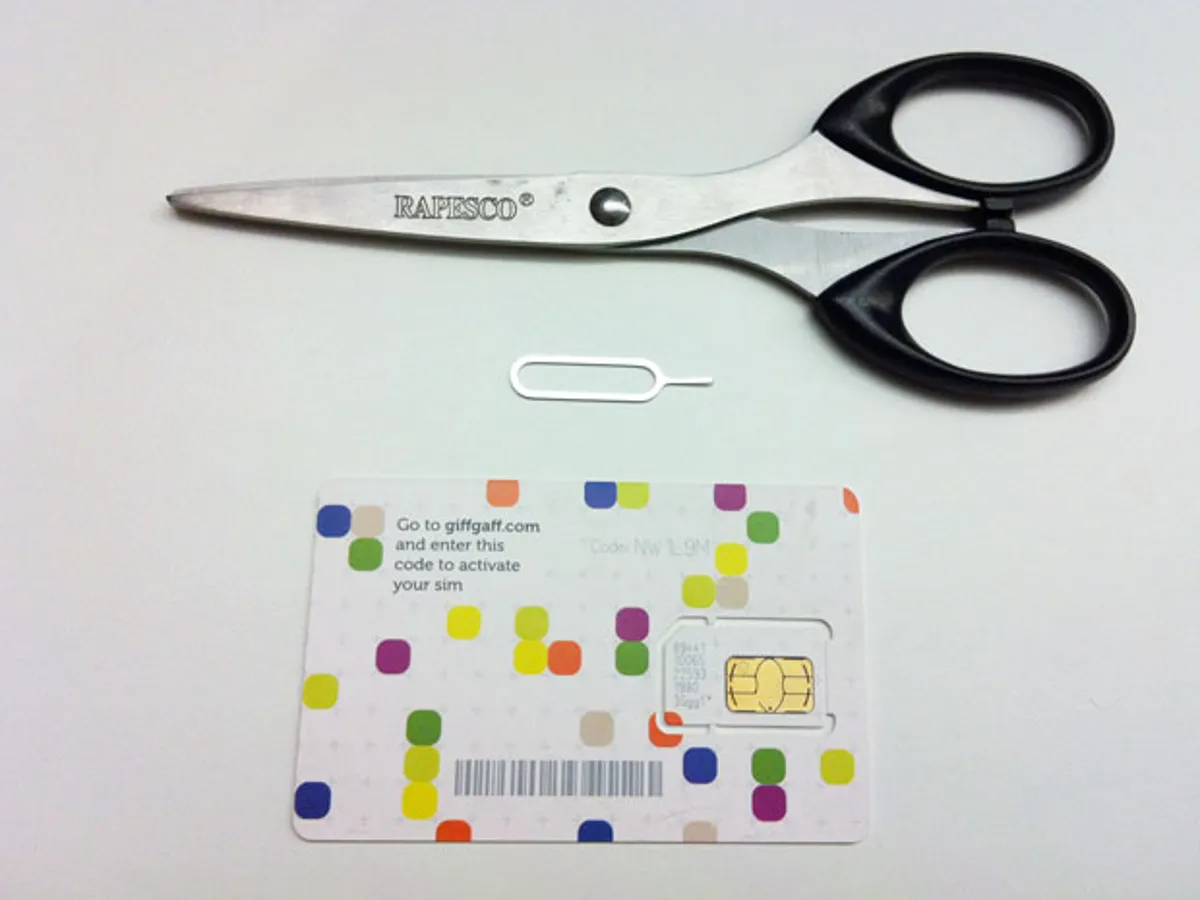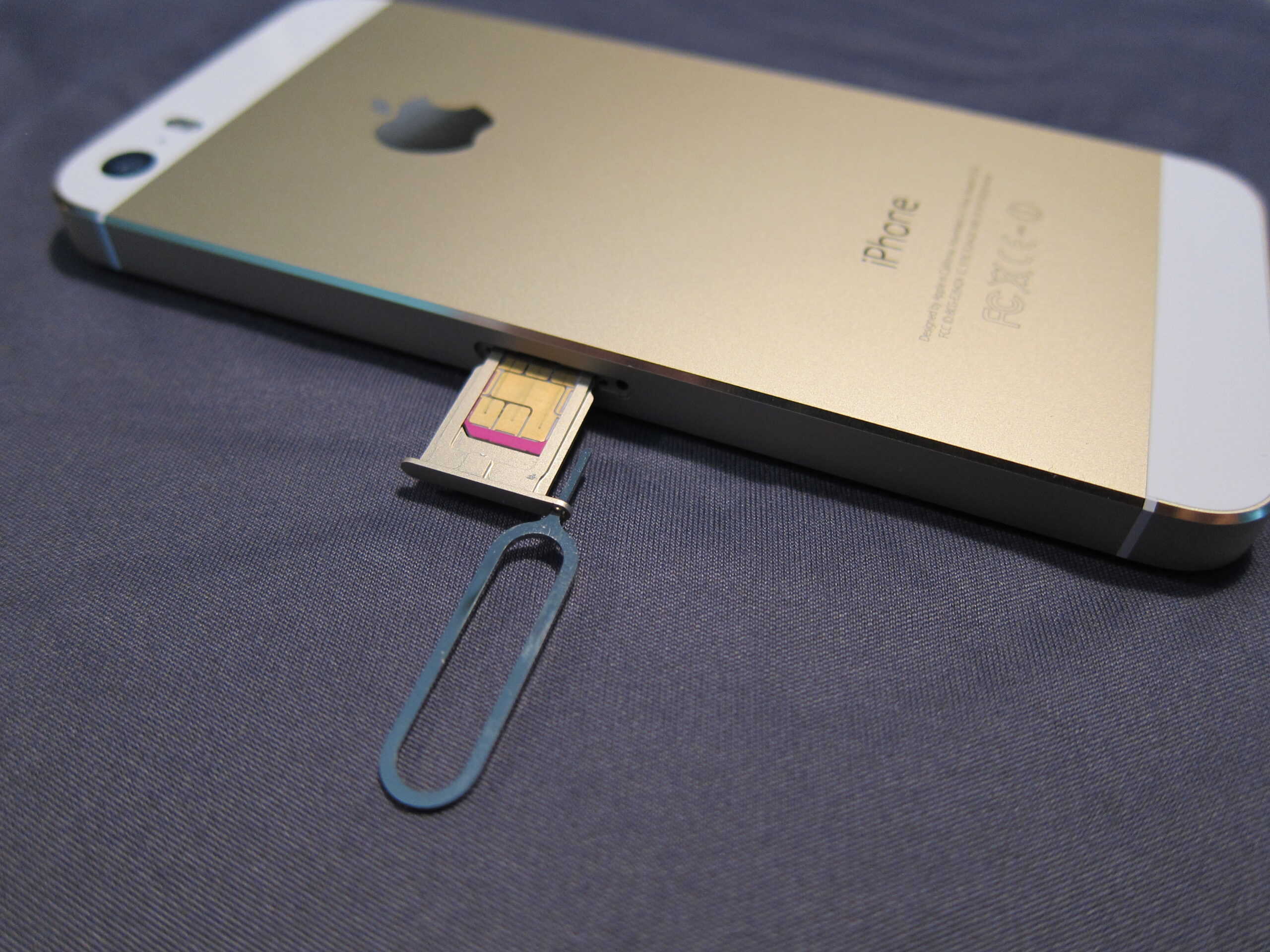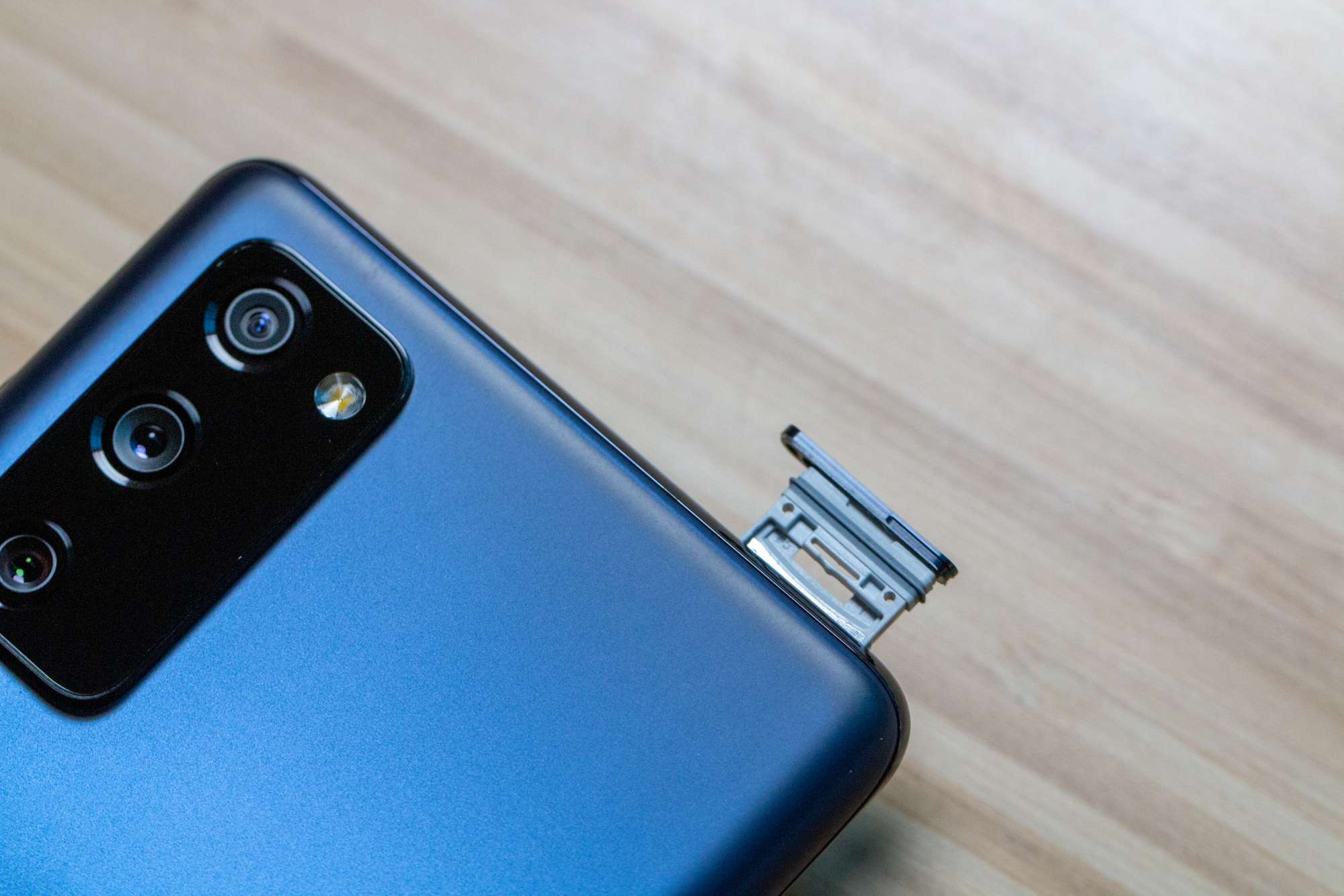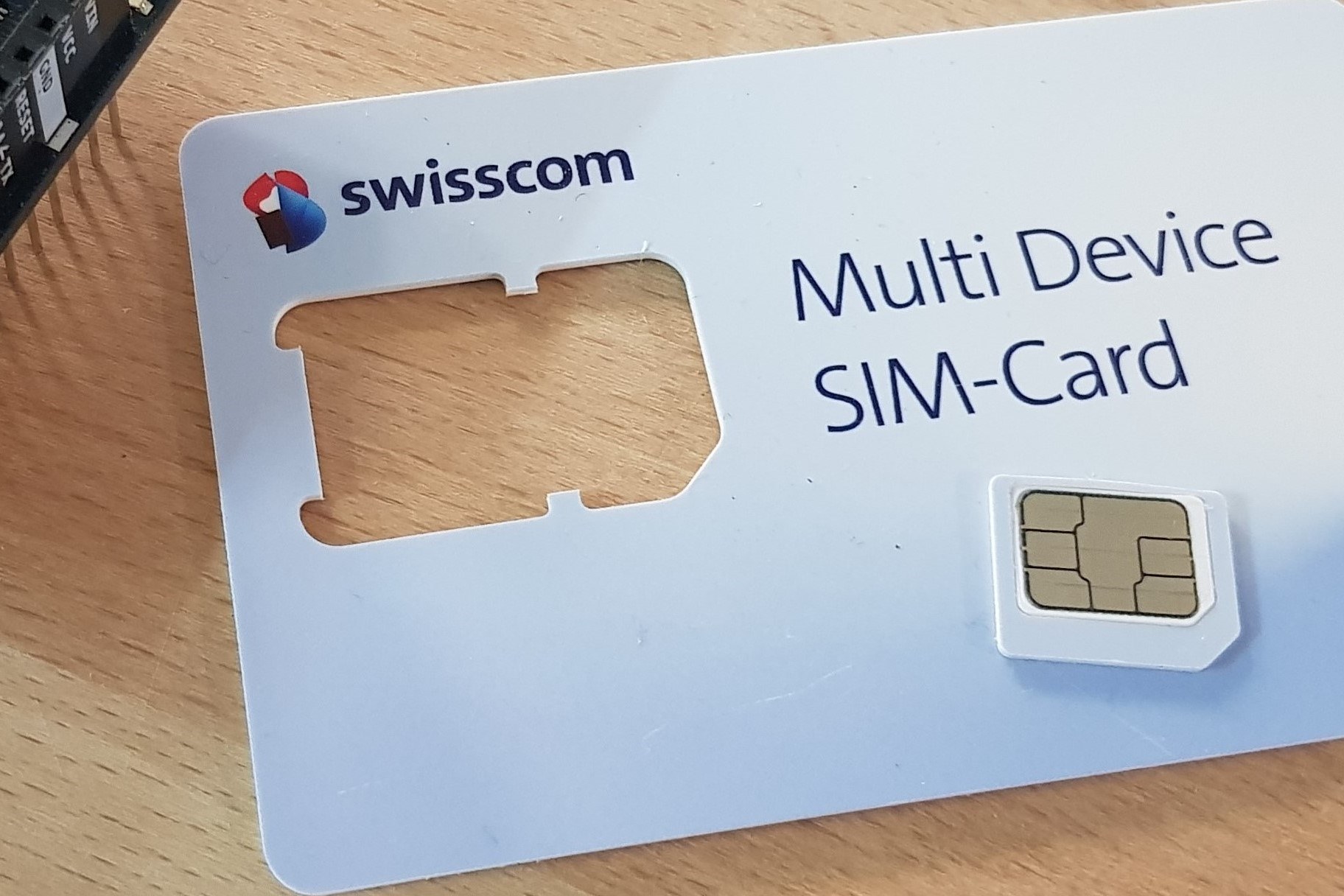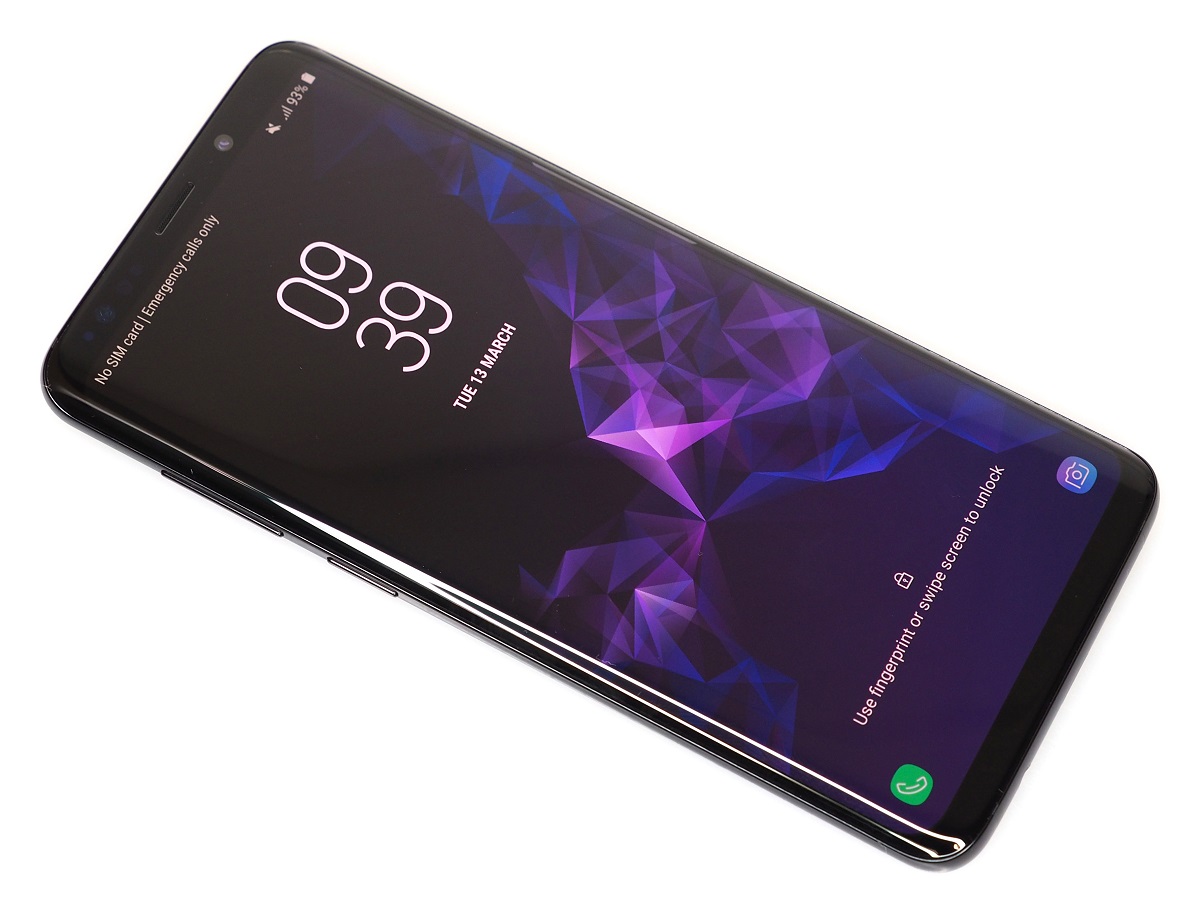Introduction
The Subscriber Identity Module (SIM) card is a small but crucial component of a mobile device, serving as the key to accessing a cellular network. Over the years, SIM cards have evolved in size, starting from the standard SIM to the micro-SIM and now the nano-SIM. With the continuous advancements in mobile technology, it's not uncommon for individuals to find themselves needing to resize their SIM card to fit into a new device. This could be due to upgrading to a smaller device or needing to use a different SIM card in an existing device.
In such situations, rather than visiting a mobile service provider to obtain a new SIM card, many individuals opt to trim their existing SIM card to the required size. This can be a cost-effective and convenient solution, provided it is done with precision and care.
However, it's important to note that trimming a SIM card carries inherent risks. A slight error in the process could render the SIM card unusable, potentially causing inconvenience and extra expenses. Therefore, it's crucial to approach this task with the right knowledge and tools. This guide aims to provide a comprehensive overview of safely trimming a SIM card, ensuring that the process is executed with precision and minimal risk.
By following the steps outlined in this guide, individuals can confidently embark on the journey of resizing their SIM card. From understanding the different SIM card sizes to the final step of testing the trimmed SIM card, each stage will be covered in detail to empower readers with the necessary knowledge and skills. With the right approach and attention to detail, it is possible to successfully trim a SIM card and adapt it to the specific requirements of a mobile device.
As we delve into the step-by-step process, it's important to approach each stage with patience and precision. With the right tools and understanding, individuals can navigate the process of trimming a SIM card with confidence, ensuring a seamless transition to a new device or network. Let's embark on this journey of safely trimming a SIM card, empowering individuals to take control of their mobile connectivity without the need for extensive external assistance.
Step 1: Understand the Different SIM Card Sizes
Before embarking on the process of trimming a SIM card, it is essential to have a clear understanding of the different SIM card sizes that have been introduced over the years. This knowledge forms the foundation for successfully resizing a SIM card without compromising its functionality.
Standard SIM Card:
The standard SIM card, also known as the mini-SIM, was the original form factor for SIM cards. It measures 25mm x 15mm and was the standard for many years. However, with the evolution of mobile devices, especially the trend towards slimmer and more compact designs, the need for smaller SIM cards became apparent.
Micro-SIM Card:
As mobile devices continued to shrink in size, the micro-SIM card was introduced to accommodate this transition. The micro-SIM measures 15mm x 12mm, making it significantly smaller than the standard SIM card. This reduction in size allowed mobile manufacturers to design sleeker and more lightweight devices.
Nano-SIM Card:
The latest evolution in SIM card technology is the nano-SIM, which measures a mere 12.3mm x 8.8mm. This minute size enables mobile devices to achieve unprecedented levels of slimness and compactness. The nano-SIM has become the standard for most modern smartphones and other mobile devices, reflecting the ongoing trend towards miniaturization and enhanced portability.
Understanding the progression from standard SIM to micro-SIM and then to nano-SIM is crucial for individuals seeking to resize their SIM cards. By comprehending the dimensions and form factors of each SIM card type, one can make informed decisions when it comes to trimming a SIM card to fit a specific device or SIM card slot.
With this foundational knowledge in place, individuals can proceed to the next steps of gathering the necessary tools and executing the precise measurements required for safely trimming a SIM card. This understanding of SIM card sizes forms the bedrock for a successful SIM card resizing endeavor, ensuring that the process is approached with confidence and clarity.
Step 2: Gather the Necessary Tools
To embark on the journey of safely trimming a SIM card, it is essential to gather the necessary tools that will facilitate a precise and controlled resizing process. These tools are instrumental in ensuring that the SIM card is trimmed with accuracy, minimizing the risk of damage and maximizing the likelihood of a successful outcome.
Tools Required:
-
SIM Card Adapter or Holder: A SIM card adapter or holder is indispensable for securing the SIM card during the trimming process. It provides stability and precision, allowing for controlled manipulation of the SIM card without the risk of slippage or misalignment. The adapter should correspond to the size of the SIM card being trimmed, ensuring a snug fit to prevent any movement during the cutting process.
-
Fine-grit Sandpaper or Emery Board: A fine-grit sandpaper or emery board is essential for smoothing the edges of the trimmed SIM card. After the cutting process, there may be rough or jagged edges that could hinder the SIM card's insertion into the device's SIM card slot. The sandpaper or emery board enables individuals to delicately refine the edges, ensuring a seamless fit into the designated slot.
-
Permanent Marker: A permanent marker is used for marking the precise cutting lines on the SIM card. This step is critical, as it dictates the boundaries within which the SIM card will be trimmed. The marker should have a fine tip to allow for accurate and clear marking on the SIM card's surface.
-
Ruler or Precision Measuring Device: A ruler or precision measuring device is essential for accurately measuring and marking the dimensions on the SIM card. This ensures that the cutting lines are aligned with the required size for the specific SIM card slot, whether it's for a micro-SIM or nano-SIM configuration.
-
Adhesive Tape: Adhesive tape, such as clear or masking tape, is utilized to secure the SIM card in place during the marking and cutting process. It prevents any movement or shifting of the SIM card, maintaining the integrity of the marked lines and ensuring precision during the trimming phase.
-
Sharp Pair of Scissors or Cutting Tool: A sharp pair of scissors or a specialized cutting tool designed for SIM card resizing is employed to execute the actual cutting of the SIM card. It is imperative to use a cutting tool that provides a clean and precise cut without exerting excessive pressure on the SIM card.
By assembling these essential tools, individuals can equip themselves with the means to approach the SIM card trimming process with confidence and meticulousness. Each tool plays a crucial role in ensuring that the resizing endeavor is executed with precision and care, minimizing the margin for error and maximizing the potential for a successful outcome.
Step 3: Measure and Mark the SIM Card
The pivotal stage of safely trimming a SIM card involves the precise measurement and marking of the cutting lines. This step requires careful attention to detail and a steady hand to ensure that the SIM card is accurately marked for the subsequent trimming process.
To commence this phase, it is imperative to select a flat and well-lit surface that provides a stable working environment. Placing a clean, lint-free cloth on the surface can prevent any potential scratches on the SIM card and offer a soft foundation for the delicate procedure.
Using a ruler or precision measuring device, the specific dimensions for the desired SIM card size (micro-SIM or nano-SIM) are carefully measured and marked on the SIM card's surface. It is essential to exercise caution and precision during this step, as any inaccuracies in measurement or marking could compromise the functionality of the SIM card.
A fine-tip permanent marker is then utilized to delineate the cutting lines on the SIM card. The lines should be drawn with clarity and precision, ensuring that they align with the designated measurements for the targeted SIM card size. It is recommended to use a high-contrast marker color, such as black or dark blue, to facilitate clear visibility of the marked lines.
During the marking process, it is crucial to maintain a steady hand and apply gentle pressure to achieve clean and well-defined lines. The use of adhesive tape to secure the SIM card in place can prevent any unintended movement during the marking phase, further enhancing the accuracy of the delineated cutting lines.
Upon completion of this step, a meticulous review of the marked lines is conducted to verify their alignment with the intended dimensions. Any necessary adjustments can be made at this stage to ensure that the cutting lines are impeccably positioned for the subsequent trimming process.
By meticulously measuring and marking the SIM card with precision and attention to detail, individuals lay the groundwork for a successful and controlled trimming process. This phase sets the stage for the careful execution of the next step, which involves the actual trimming of the SIM card to achieve the desired size.
With the SIM card accurately marked and prepared for the cutting phase, individuals can proceed with confidence, knowing that they have approached the resizing endeavor with meticulousness and precision.
Step 4: Trim the SIM Card
With the SIM card accurately marked and prepared for the cutting phase, individuals can proceed with confidence, knowing that they have approached the resizing endeavor with meticulousness and precision. The actual trimming of the SIM card represents a critical stage in the process, requiring steady hands and focused attention to ensure a clean and precise cut.
Using a sharp pair of scissors or a specialized cutting tool designed for SIM card resizing, the marked cutting lines are carefully followed to execute the trimming process. It is imperative to exert controlled pressure and maintain a steady hand during this phase, as any deviation from the marked lines could result in an irregular or jagged edge, potentially compromising the SIM card's functionality.
The cutting tool should be maneuvered with finesse and precision, ensuring a smooth and uniform cut along the delineated lines. It is essential to approach the cutting process with patience, refraining from rushing the task to avoid unintended errors that could impact the integrity of the SIM card.
Upon completing the cutting process, a thorough visual inspection of the trimmed SIM card is conducted to assess the precision and cleanliness of the cut. Any rough or uneven edges are delicately refined using fine-grit sandpaper or an emery board to ensure a seamless fit into the designated SIM card slot.
It is crucial to exercise caution and attention to detail during this refinement phase, as the smoothness of the edges directly influences the ease of insertion and removal of the SIM card from the device. By meticulously refining the edges, individuals can mitigate the risk of encountering resistance or difficulty when inserting the trimmed SIM card into the designated slot.
With the trimmed SIM card now exhibiting smooth and uniform edges, it is poised for the final stage of the resizing process: testing its functionality in a mobile device. This critical assessment will determine the success of the trimming endeavor, validating the integrity and usability of the resized SIM card.
By meticulously following the steps outlined in this guide and approaching the trimming process with precision and care, individuals can confidently navigate the endeavor of resizing a SIM card, ensuring a seamless transition to a new device or network.
Step 5: Test the Trimmed SIM Card
With the trimmed SIM card now exhibiting smooth and uniform edges, it is poised for the final stage of the resizing process: testing its functionality in a mobile device. This critical assessment will determine the success of the trimming endeavor, validating the integrity and usability of the resized SIM card.
To commence the testing phase, it is essential to select a compatible mobile device with the corresponding SIM card slot size. Whether it is a micro-SIM or nano-SIM, the trimmed SIM card should align with the specifications of the device's SIM card slot to ensure a proper fit.
Carefully inserting the trimmed SIM card into the designated slot of the mobile device, individuals observe the insertion process, ensuring that the SIM card smoothly and securely seats itself within the slot. Any resistance or difficulty during the insertion should be noted, as it could indicate potential irregularities in the trimming process.
Once the trimmed SIM card is successfully inserted, the mobile device is powered on, and the SIM card's functionality is thoroughly evaluated. This assessment includes verifying the device's recognition of the SIM card, ensuring that it is detected and registered within the network.
Individuals proceed to initiate a test call or message using the mobile device to confirm the SIM card's ability to establish connectivity and communication. A successful call or message transmission serves as a definitive validation of the trimmed SIM card's functionality, indicating that the resizing process has been executed with precision and care.
Furthermore, individuals may explore additional functionalities such as mobile data connectivity and network-based services to ascertain the comprehensive operability of the trimmed SIM card within the mobile device.
Throughout the testing phase, meticulous attention is directed towards the SIM card's performance, ensuring that it seamlessly integrates with the mobile device's network capabilities without encountering any operational impediments.
By rigorously evaluating the trimmed SIM card's functionality in a real-world mobile device scenario, individuals can confidently ascertain the success of the resizing endeavor. The seamless integration and flawless operation of the trimmed SIM card within the mobile device serve as a testament to the precision and care with which the resizing process was executed.
With the trimmed SIM card validated for its functionality and compatibility, individuals can proceed with the assurance that they have effectively resized their SIM card to meet the specific requirements of their mobile device. This successful outcome underscores the meticulous approach and attention to detail applied throughout the trimming process, empowering individuals to adapt their SIM card to varying device configurations with confidence and precision.
Conclusion
In conclusion, the process of safely trimming a SIM card is a meticulous endeavor that demands precision, patience, and attention to detail. By following the comprehensive steps outlined in this guide, individuals can confidently navigate the task of resizing their SIM card to fit into a new device or SIM card slot. From understanding the evolution of SIM card sizes to the final stage of testing the trimmed SIM card, each phase plays a pivotal role in ensuring a successful outcome.
The journey begins with a foundational understanding of the different SIM card sizes, encompassing the standard SIM, micro-SIM, and nano-SIM. This knowledge serves as the cornerstone for making informed decisions when it comes to resizing a SIM card, enabling individuals to adapt their SIM card to the specific requirements of their mobile device with clarity and confidence.
Gathering the necessary tools forms the next crucial step, equipping individuals with the means to approach the SIM card trimming process with meticulousness and precision. Each tool, from the SIM card adapter to the sharp cutting tool, plays a vital role in facilitating a controlled and accurate resizing process, minimizing the margin for error and maximizing the potential for a successful outcome.
The subsequent phases involve the meticulous measurement and marking of the SIM card, ensuring that the cutting lines are delineated with precision and clarity. This meticulous approach sets the stage for the careful execution of the trimming process, guiding individuals towards achieving a clean and precise cut that aligns with the designated SIM card size.
Following the trimming phase, the critical assessment of the trimmed SIM card's functionality in a mobile device serves as the ultimate validation of the resizing endeavor. Rigorous testing, including the insertion process, network recognition, and communication capabilities, provides a comprehensive evaluation of the trimmed SIM card's seamless integration and flawless operation within the mobile device.
Ultimately, the successful outcome of resizing a SIM card underscores the meticulous approach and attention to detail applied throughout the trimming process. It empowers individuals to adapt their SIM card to varying device configurations with confidence and precision, eliminating the need for extensive external assistance and ensuring a seamless transition to a new device or network.
By embracing the knowledge and skills imparted in this guide, individuals can embark on the journey of safely trimming their SIM card, taking control of their mobile connectivity with confidence and clarity. This transformational process reflects the fusion of technical precision and human ingenuity, empowering individuals to navigate the dynamic landscape of mobile technology with resilience and resourcefulness.







